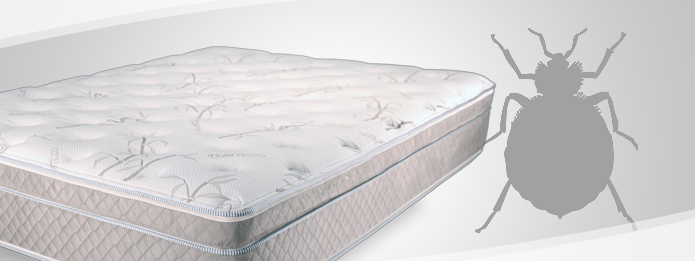
Where Do Bed Bugs Build Nests?
In the world of insect pests, bed bugs (Cimex lectularius) are like supervillains. These tiny, flat-bodied insects feed on human blood and are notoriously hard to eliminate. Like bad guys in the movies, they seem to always make a comeback. If you have seen a bed bug in your home, chances are it has a secret hideout with many more of its kind. If this is the case, then you need to implement some kind of bed bug control before these infamous pests take over your home.
Home Entry
Bed bugs are sneaky, so it is almost impossible to pinpoint a specific day when their invasion began. The good news is that bed bugs do not usually transport themselves to people or animals the way head lice and fleas do. Bed bugs do have other methods of creeping into homes, though, and one of their favourites is to travel on innocent looking objects brought indoors. Consider whether any of the following have come through your door recently:
- Luggage
- Purses
- Second-hand clothing
- Used furniture
- Wheelchairs
Locations, where the insects stowed away inside the above items, could include any of the following:
- Hotels
- Libraries
- Airplanes
- Movie theaters
- Schools
- Public transportation, including taxis
Nest Locations
Bed bugs do not build a mound, like an ant, or a hive, like a bee. Instead, a bed bug, like any master criminal, prefers a secret lair. The scientific word used for one of these insect hideouts is “harborage.” Bed bugs are only about 80 mm long, so they can fit inside small openings in places you may not suspect, including the following:
- Mattresses and box springs
- Headboards, baseboards, and railings
- Couches and recliners
- Electrical outlets
- Framed pictures
- Wallpaper
- Curtain seams
- Electronic devices used near the bed
- Baseboards
How To Find Nests
While bed bugs are cunning, they also are lazy and prefer to live where their commute to nightly dinner is shortest. A clue for where to begin your investigation is hidden in the insect’s name; they are not called bed bugs for nothing, so begin your search with the bed. Look in the seams of the mattress and box spring, in the headboards and baseboards and in anything stored under the bed. Bed bugs will not generally live in kitchens and bathrooms unless you spend a great deal of time there; and, unlike cockroaches and mice, you don’t have to search remote regions of house like the garage or attic. Shine a bright flashlight and look for these clues:
- Large groups of adult and immature insects
- Eggs
- Dark blotches of excrement
- Exoskeletons
- Sweet, unpleasant odour
Colony Establishment and Range Expansion
Once you find a nest, you may wonder how long the infestation has been going on right under your nose. Console yourself with these facts about the bed bug lifestyle:
- Females can lay three to four eggs every day, or up to 500 eggs in a lifetime
- A new generation of females can begin laying eggs within four to five weeks of hatching
- Room temperature (21-27 degrees Celsius) is the ideal temperature range for reproduction
- Bed bugs can live up to one week without air and a year without food
- Adults can survive several hours in water, and eggs up to 24 hours
Expert Advice
You may find some nests on your own, but personal sleuthing is not a replacement for regularly scheduled inspections by professionals at Truly Nolen. Once they reach a certain population size, colonies will split up and invade new regions of the house; so the nest you find may be just one of many. Be vigilant in the defense of your home, and know that to deal with an insect supervillain, you need to call in the superheroes.